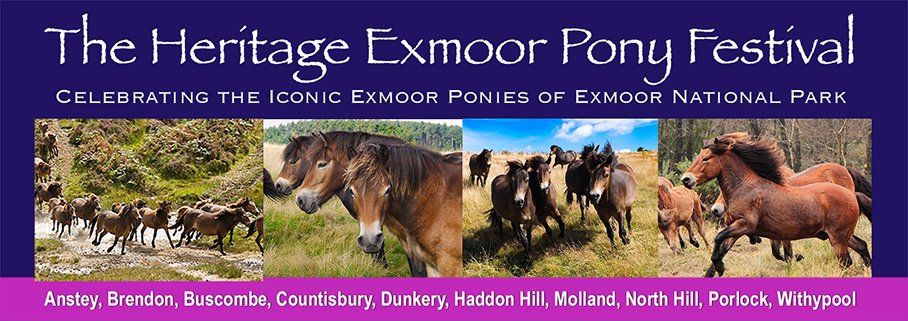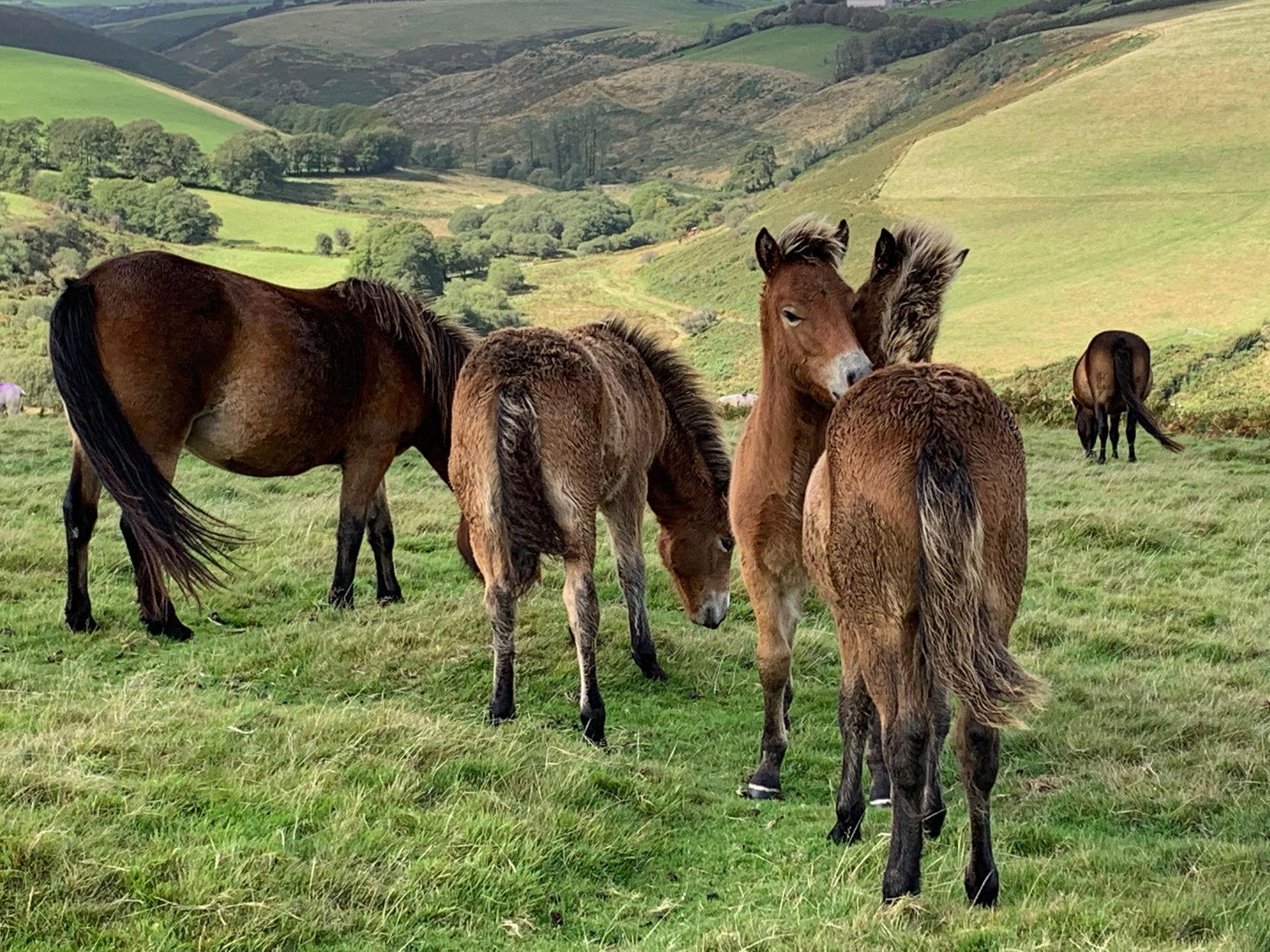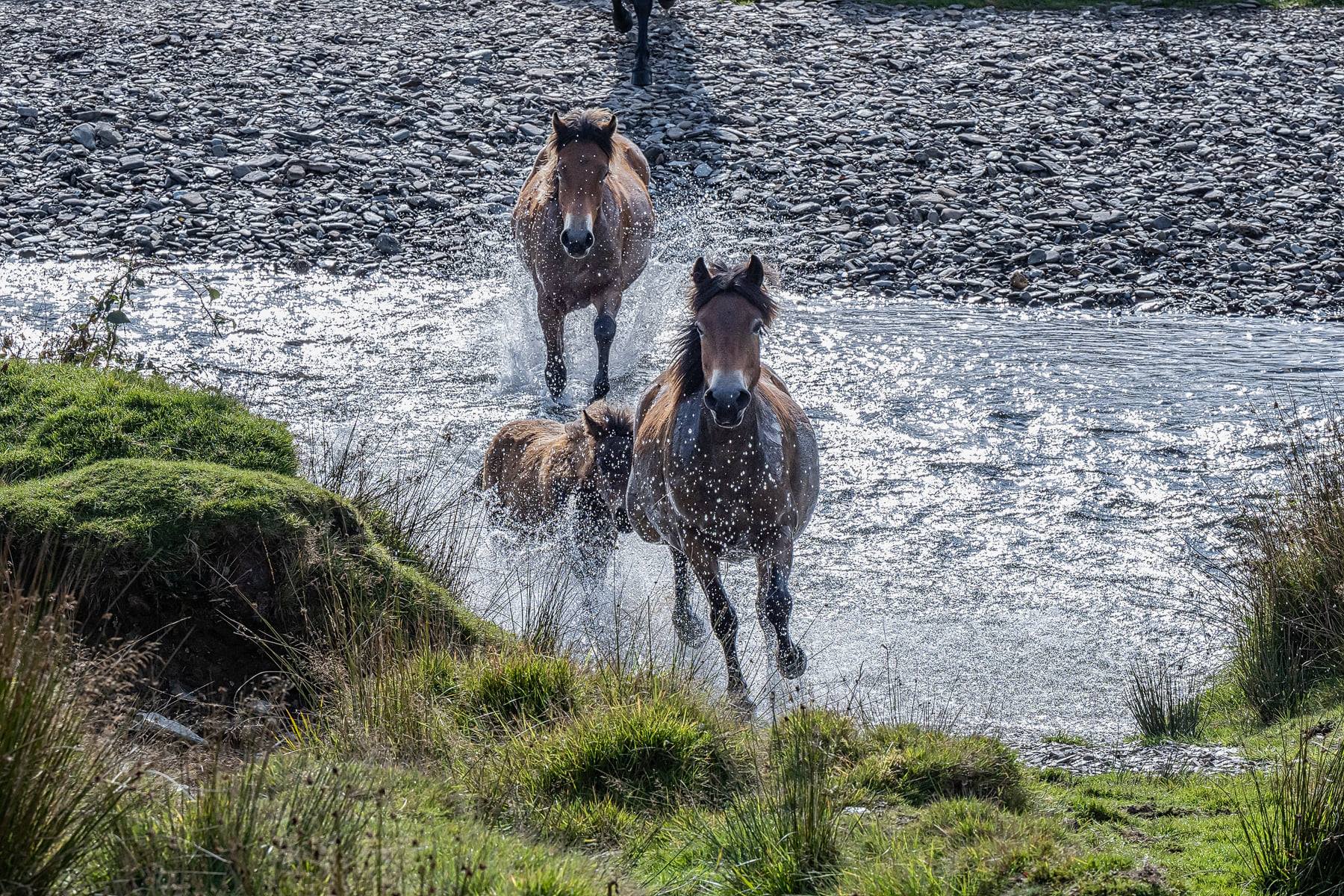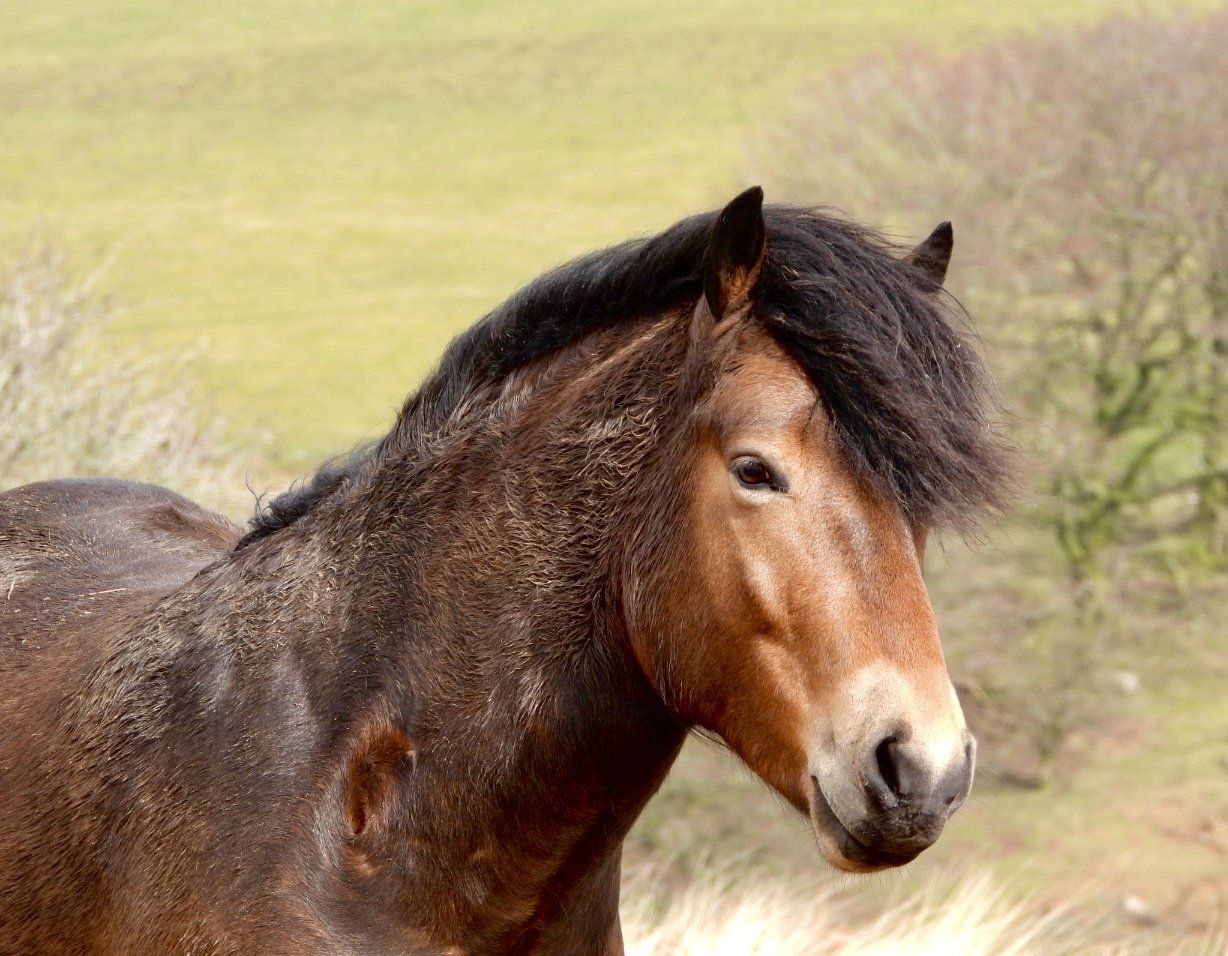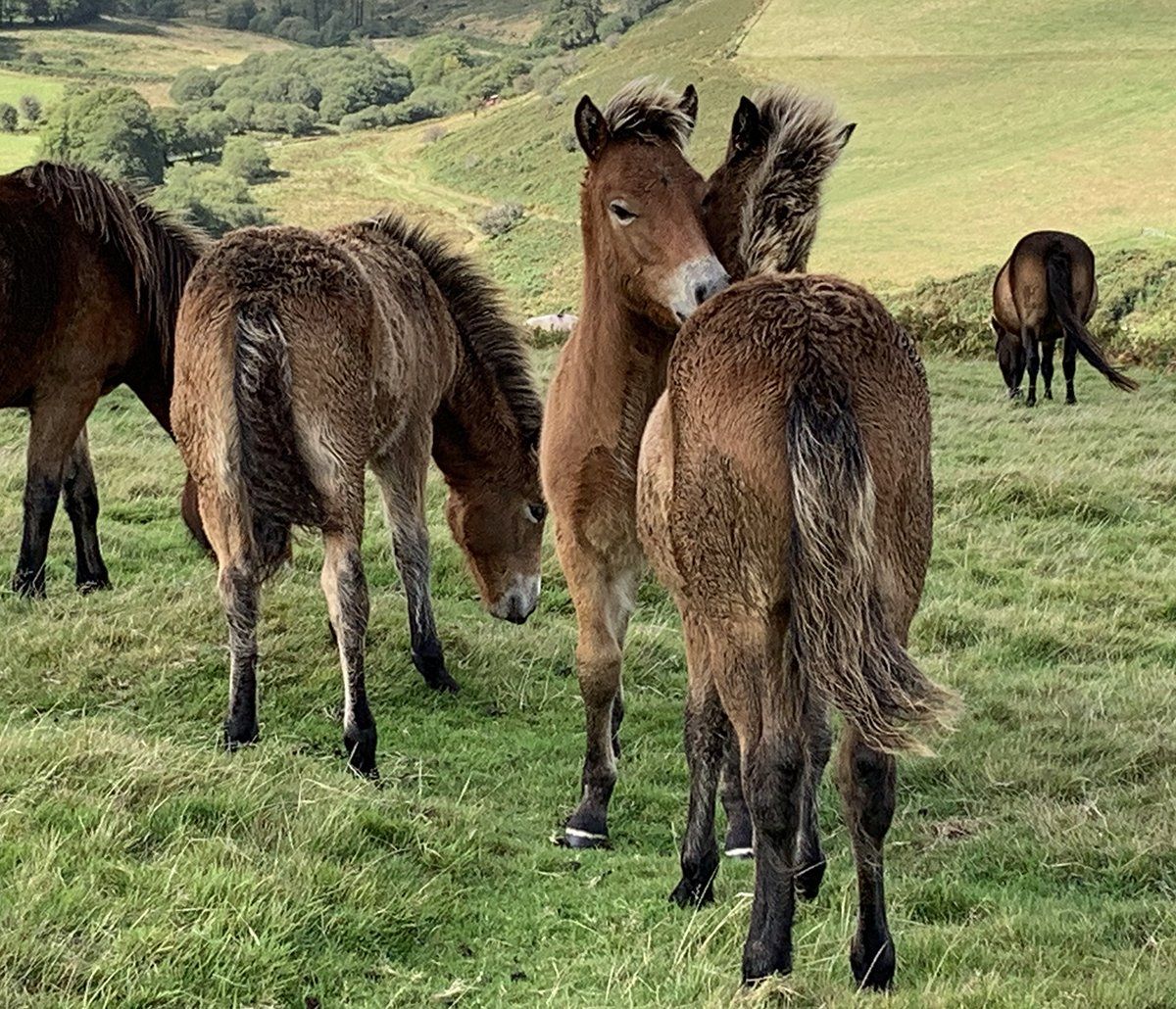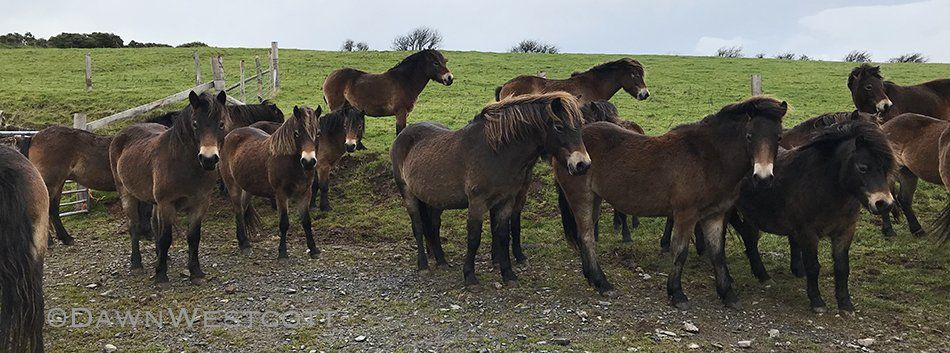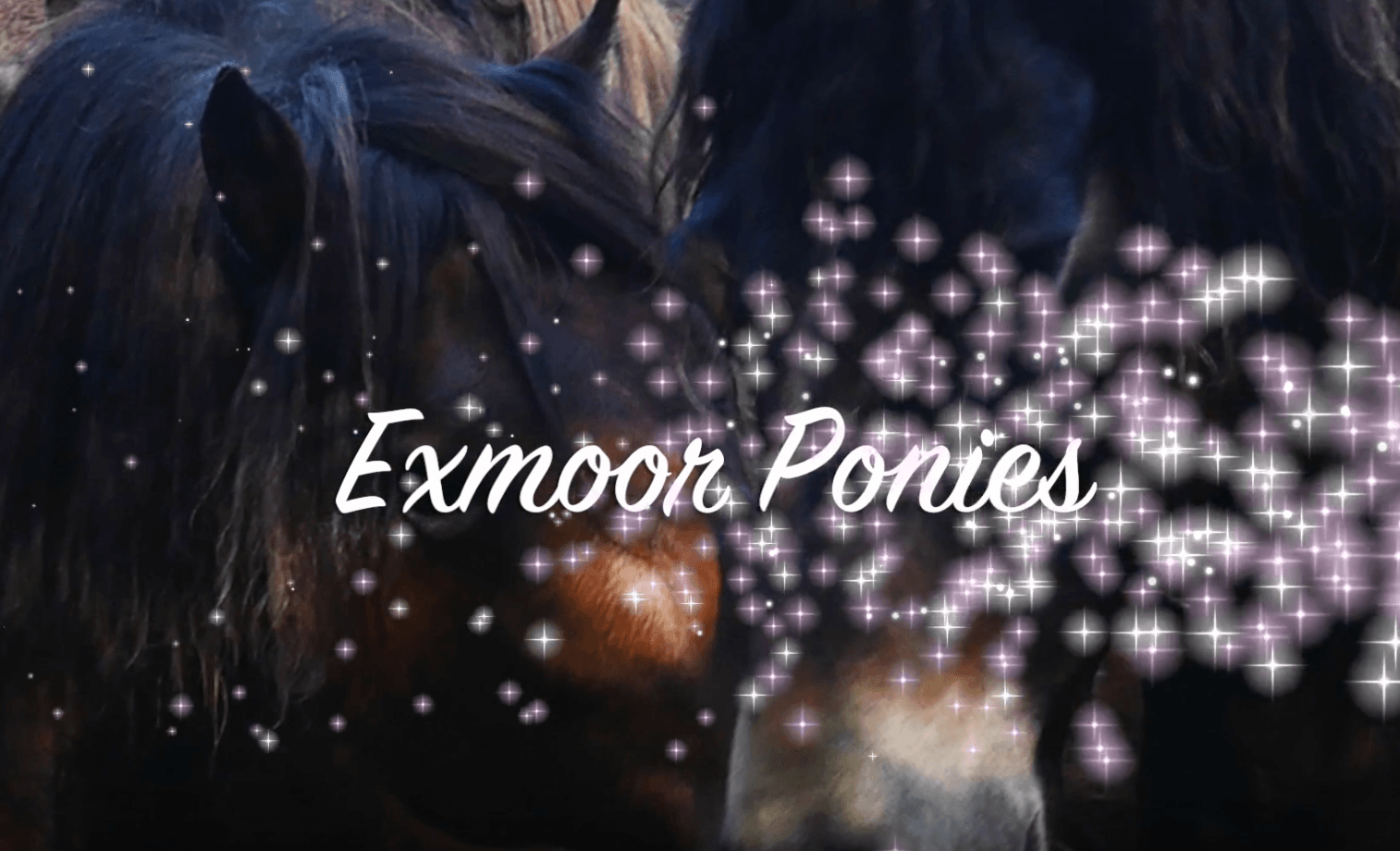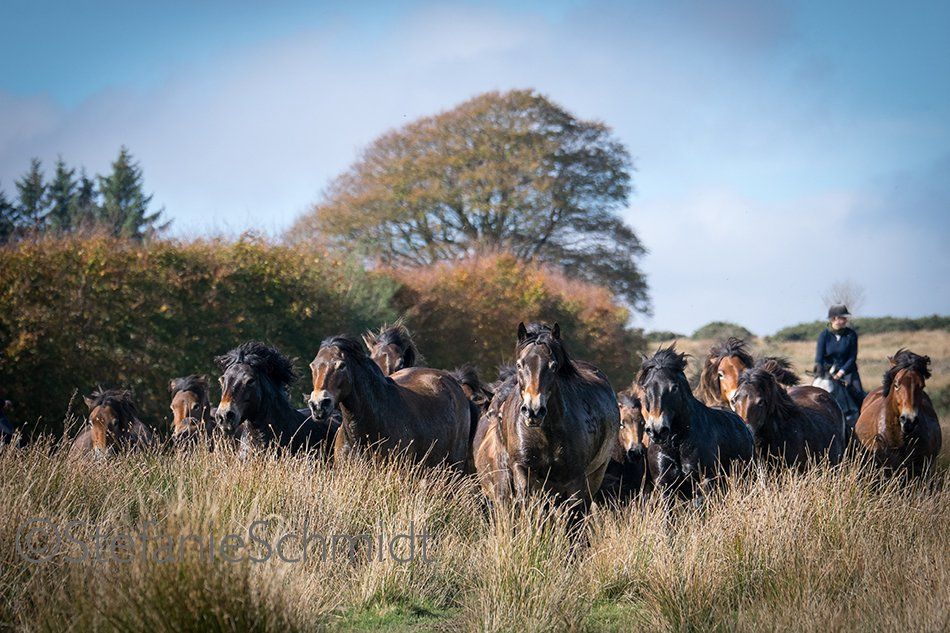Safeguarding Exmoor Pony Genetics
Why it's not as simple as just having pedigree registered ponies in your herd

Did you know that over the years, a significant number of Exmoor ponies have been excluded from pedigree registration through various reasons that are not their fault? That there are perfectly good quality purebred Exmoor ponies who are currently outside of the breeding gene pool and Exmoor Pony Stud Book?
This has caused many Exmoor ponies to be needlessly culled with the loss of around 50 mares from some herds. Reasons for exclusion from pedigree registration range from ponies evading gatherings in the wilder moorland areas; mix-ups with DNA samples and in correctly identifying stock; insufficient markers being used with DNA testing to sometimes successfully distinguish between closely-bred endangered breed ponies within a tiny gene pool; errors in data-capture/administration; anomalies in source pedigree breed data, etc.
Some herd owners have culled these ‘anomalies’ irrespective of the quality of the ponies. There is boasting from some quarters of having only ‘pedigree-registered’ ponies in herds - but it’s interesting to understand how some of these herd owners arrived at having only ‘pedigree registered’ ponies in their herds.
Other herd owners have kept good quality purebred ponies, irrespective of difficulties with registration, and continue to safeguard the genetics of good, purebred stock. This can be difficult, frustrating, expensive and also heart-rending.
So please spare a thought for herd owners who preserve and conserve good quality Exmoor ponies - despite these issues - and who don’t just cull stock in order to make administration and registration easier.
Our enormous and heart felt thanks to the Exmoor farmers and herd owners here in the UK and overseas, who continue to protect and safeguard Exmoor ponies - whether inside the stud book or alarmingly outside of it.
There is currently NO supplement or upgrading system to enable any of these ponies to re-enter the stud book and pedigree breeding gene pool. The Moorland Exmoor Pony Breeders Group has been asking for a supplement and upgrading system to be created since 2015. Other breeds offer this, like the Dartmoor breed.
The Exmoor Pony DNA whole genome project is waiting for final samples to be collected so that first phase whole genome mapping can commence. The intention is for this testing and analysis of the breed to provide a baseline against which Exmoor ponies can have their purity confirmed. We’ll keep you posted regarding how it develops.
In the meantime, if you’d like more information on Exmoor farmers and land owners who are collaborating and working together for the greater good of both pedigree and purebred Exmoor ponies, then please visit www.mepbg.co.uk.
Working together is the way forwards and these people and organisations are doing it. Ponies and also entire herds are being saved and safeguarded through MEPBG communication, cooperation, knowledge transfer, collaboration and looking to the welfare of the entire Exmoor herd, not just individually-owned ponies.
Pictured below: Holtball Black Bess, granddaughter of Herd 23 The Highwayman, who passed his stallion inspection but could not be registered because early DNA testing (thought to be using only about 9 markers) could not identify one or both of his parents. He and most of his progeny died. He was thought by some to be one of the best moorland Exmoor stallions ever seen and he had fought his way to covering most of the mares in a large free-living herd with a number of entire males running in it at the time. If ever there were bloodlines to preserve and conserve, surely the genetics of The Highwayman are important? We have been advised to breed from one of the very few daughters of The Highwayman to try to safeguard these moorbred Exmoor pony genetics.



